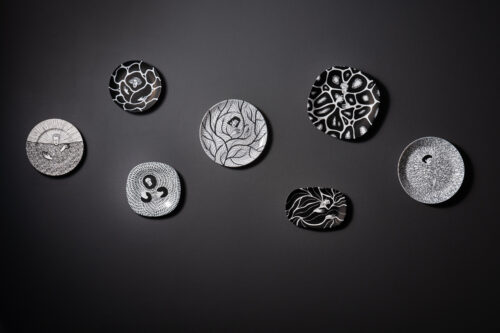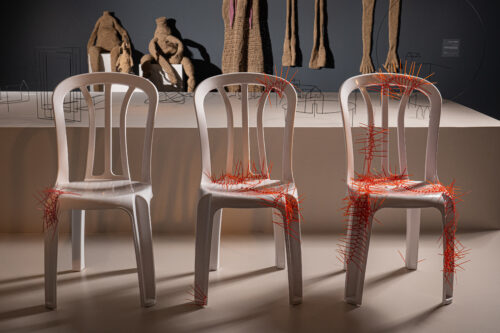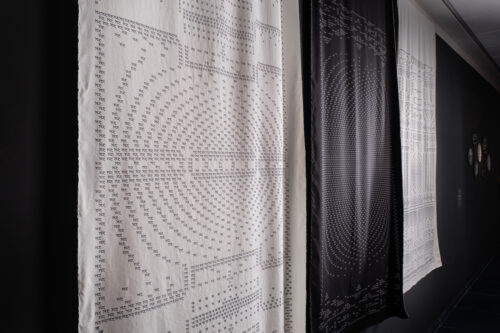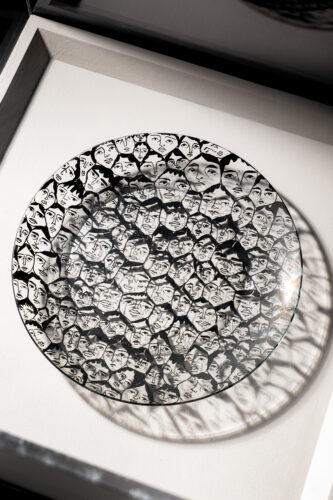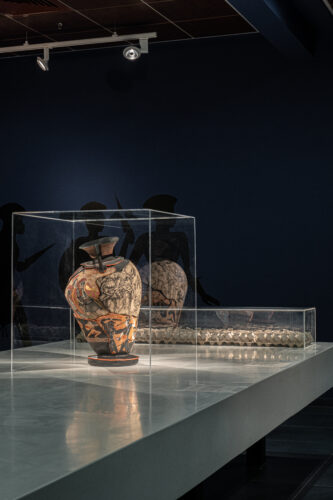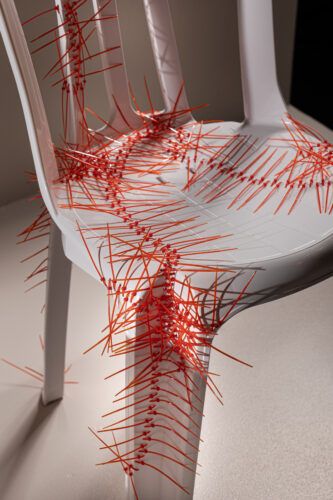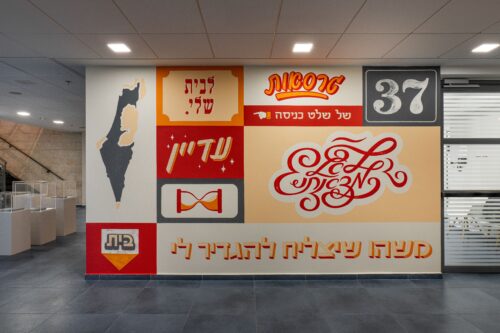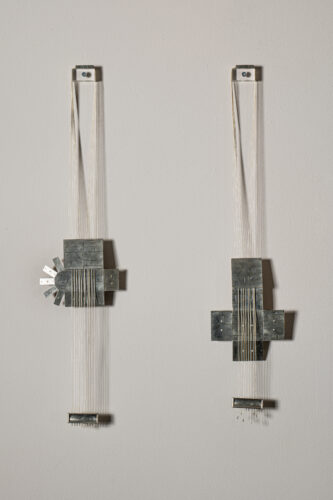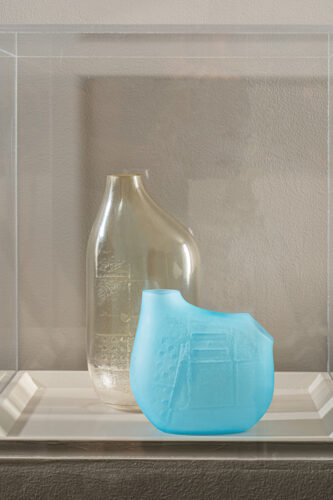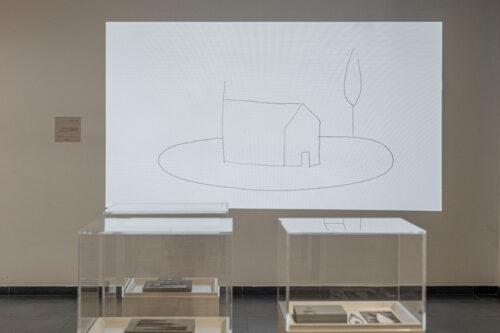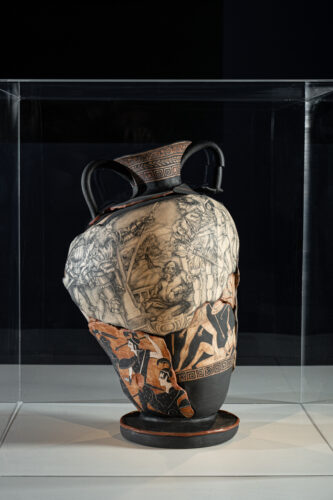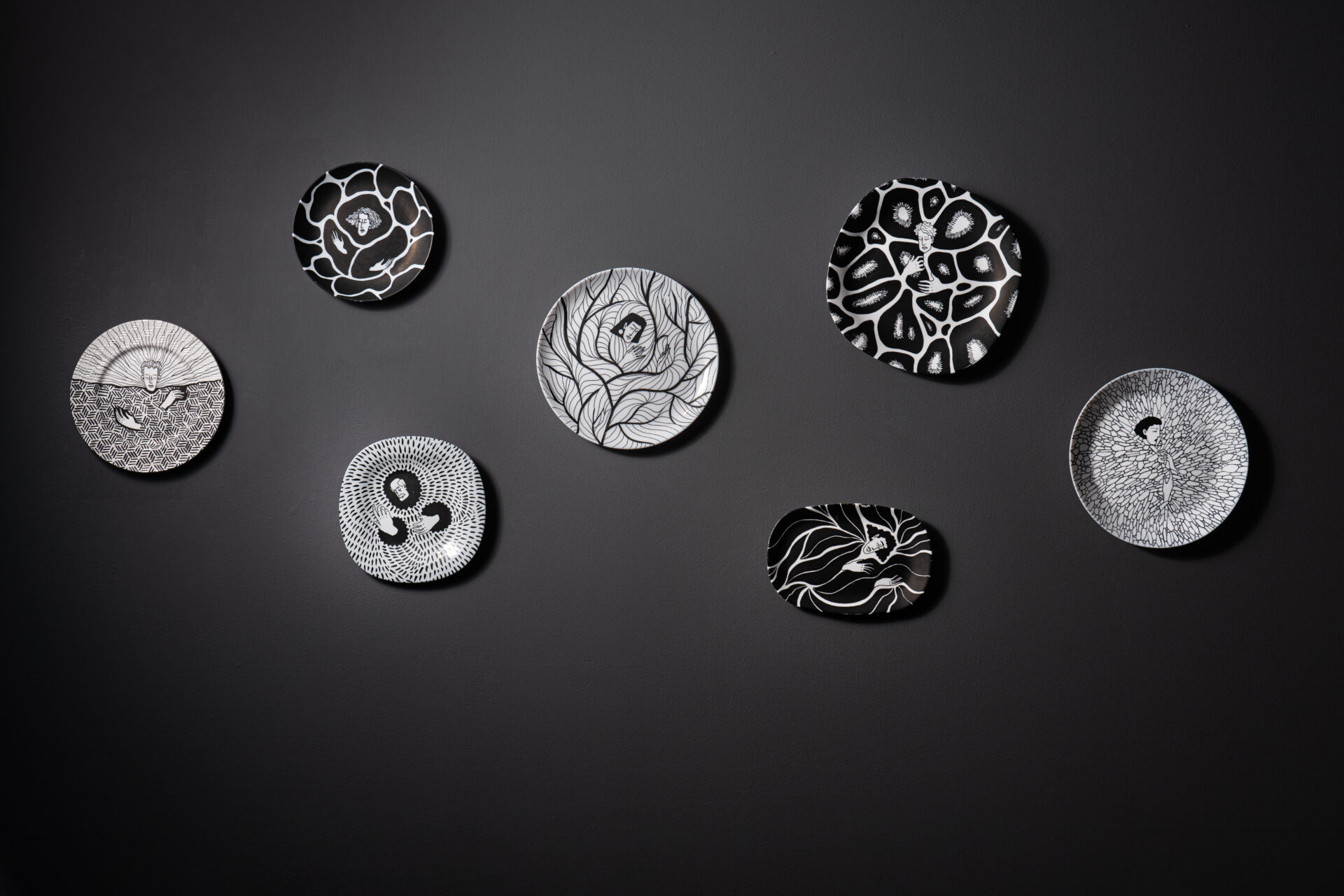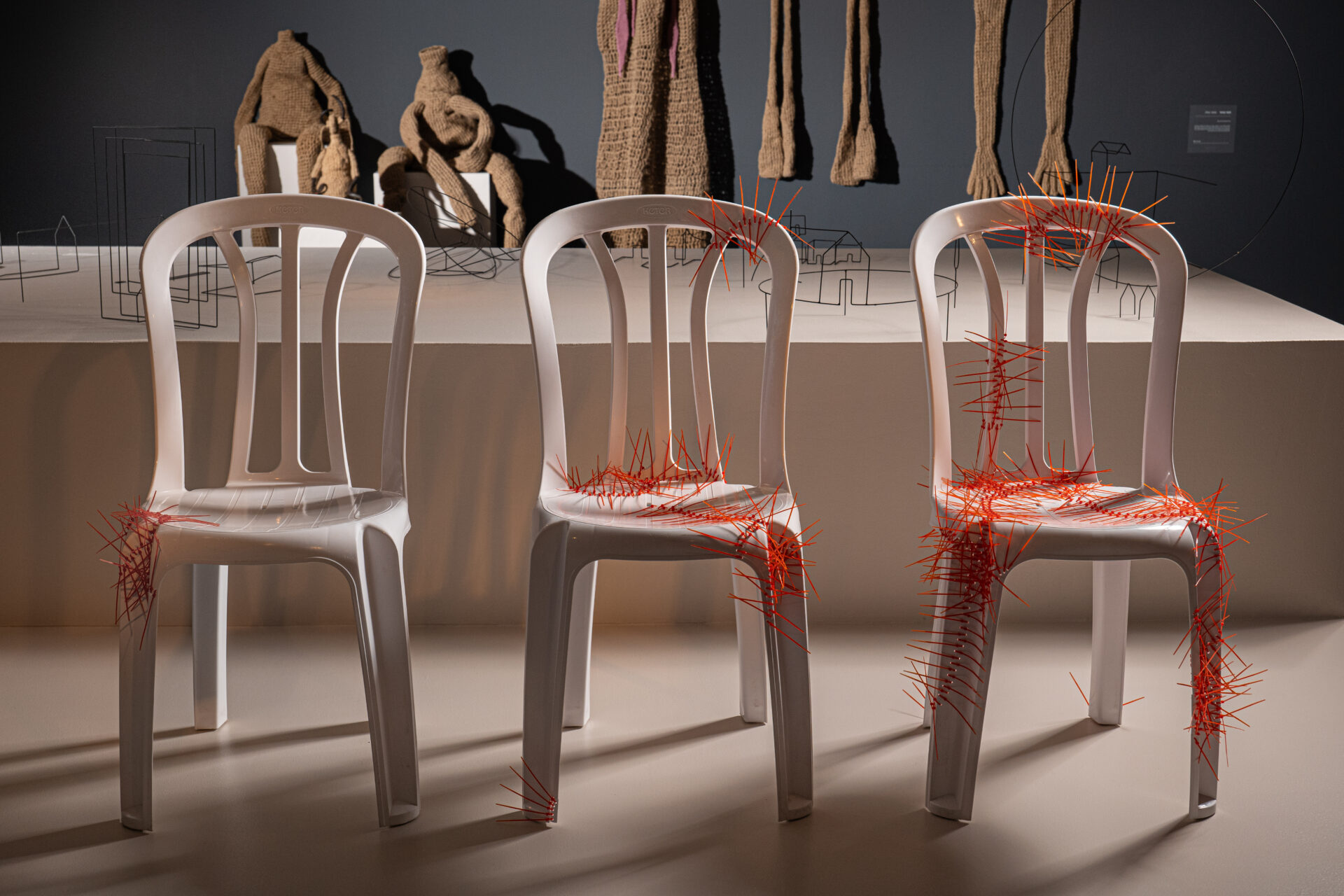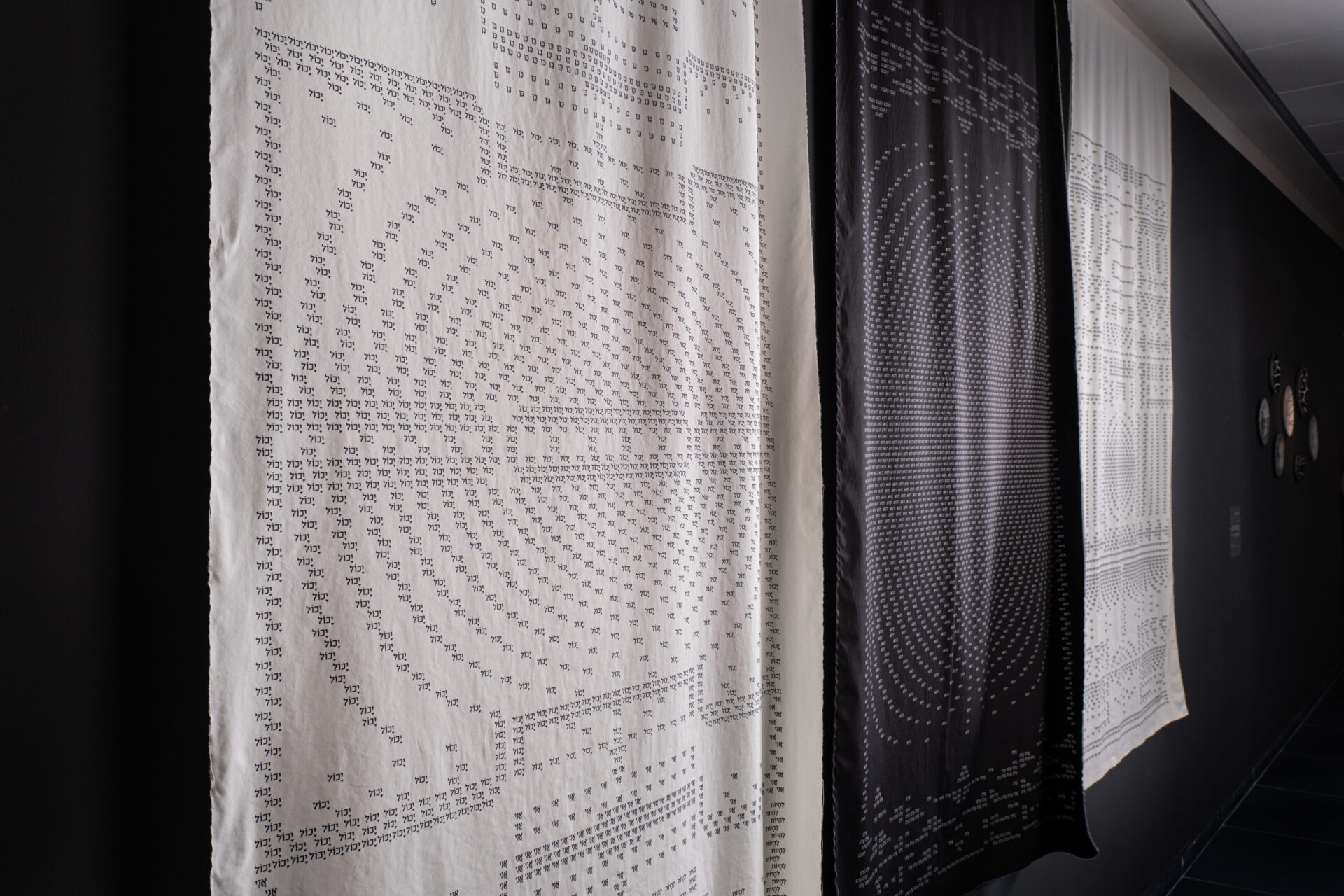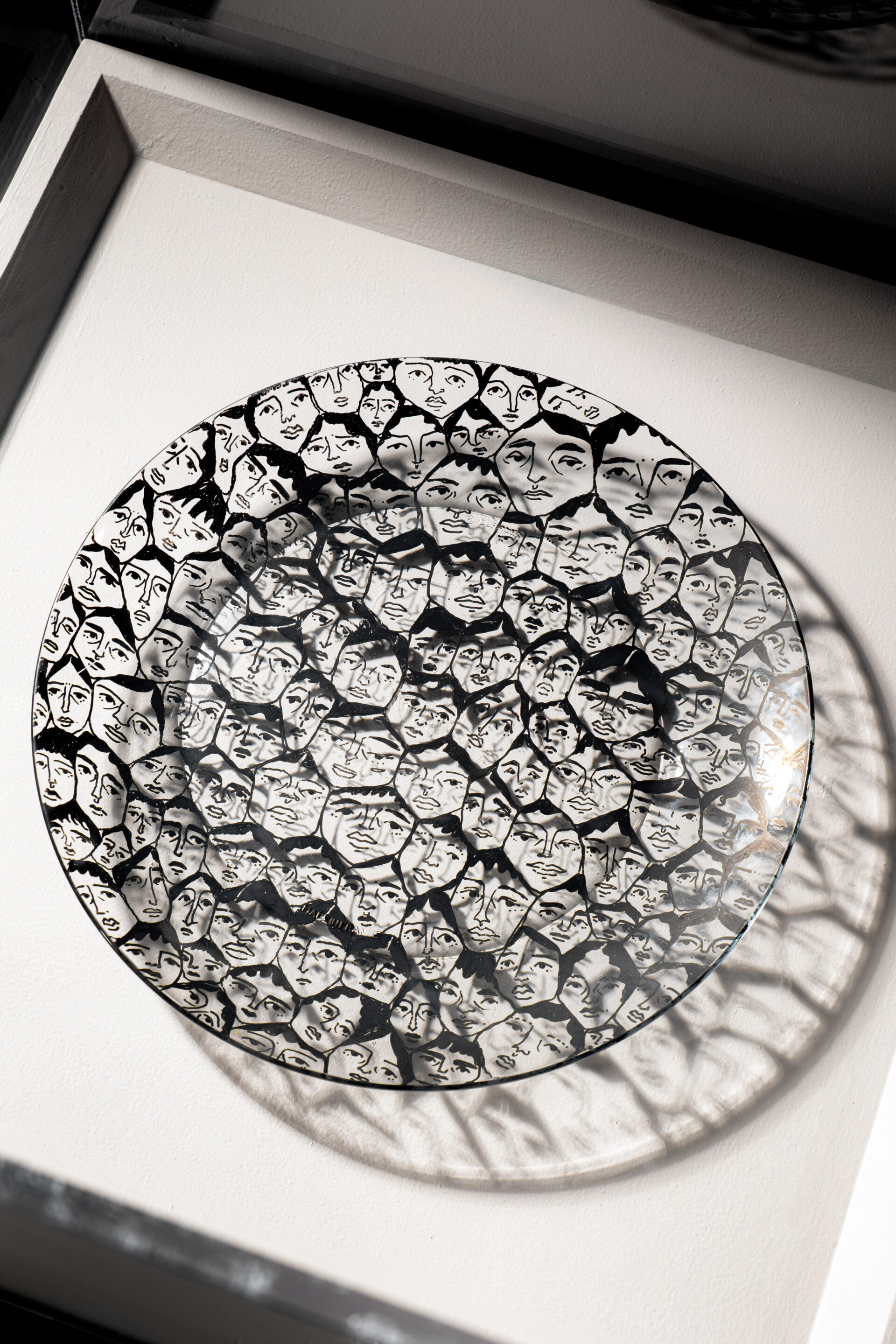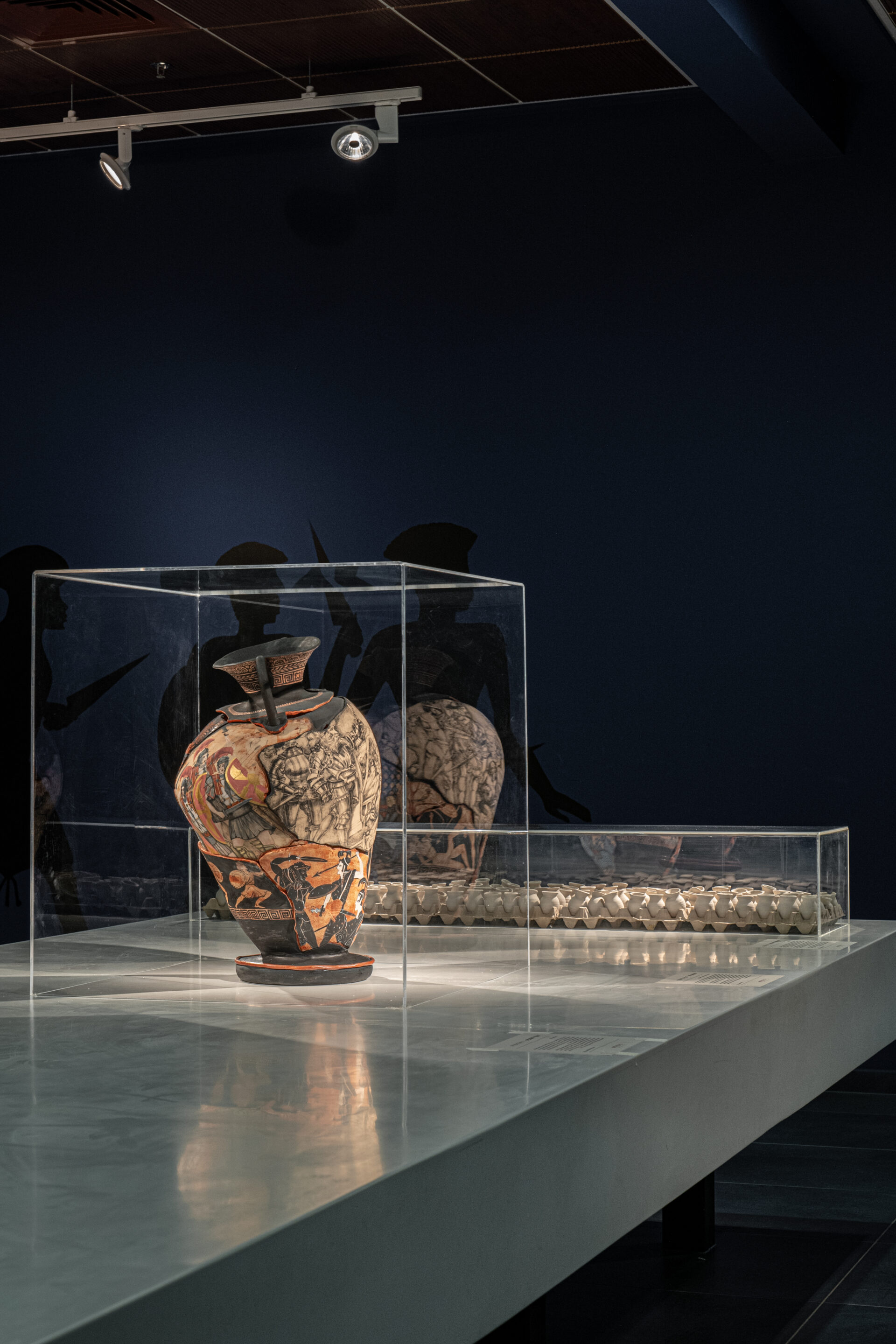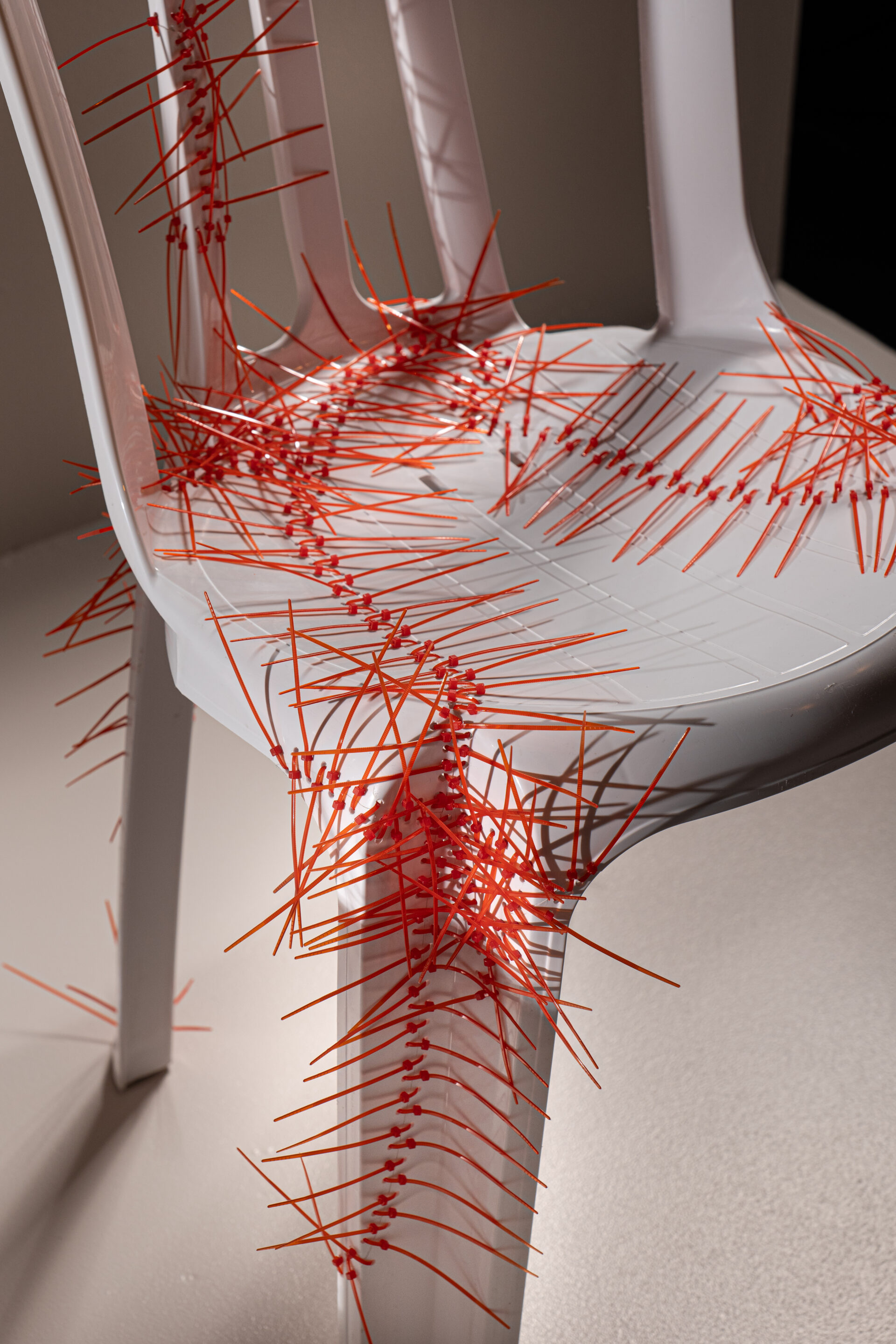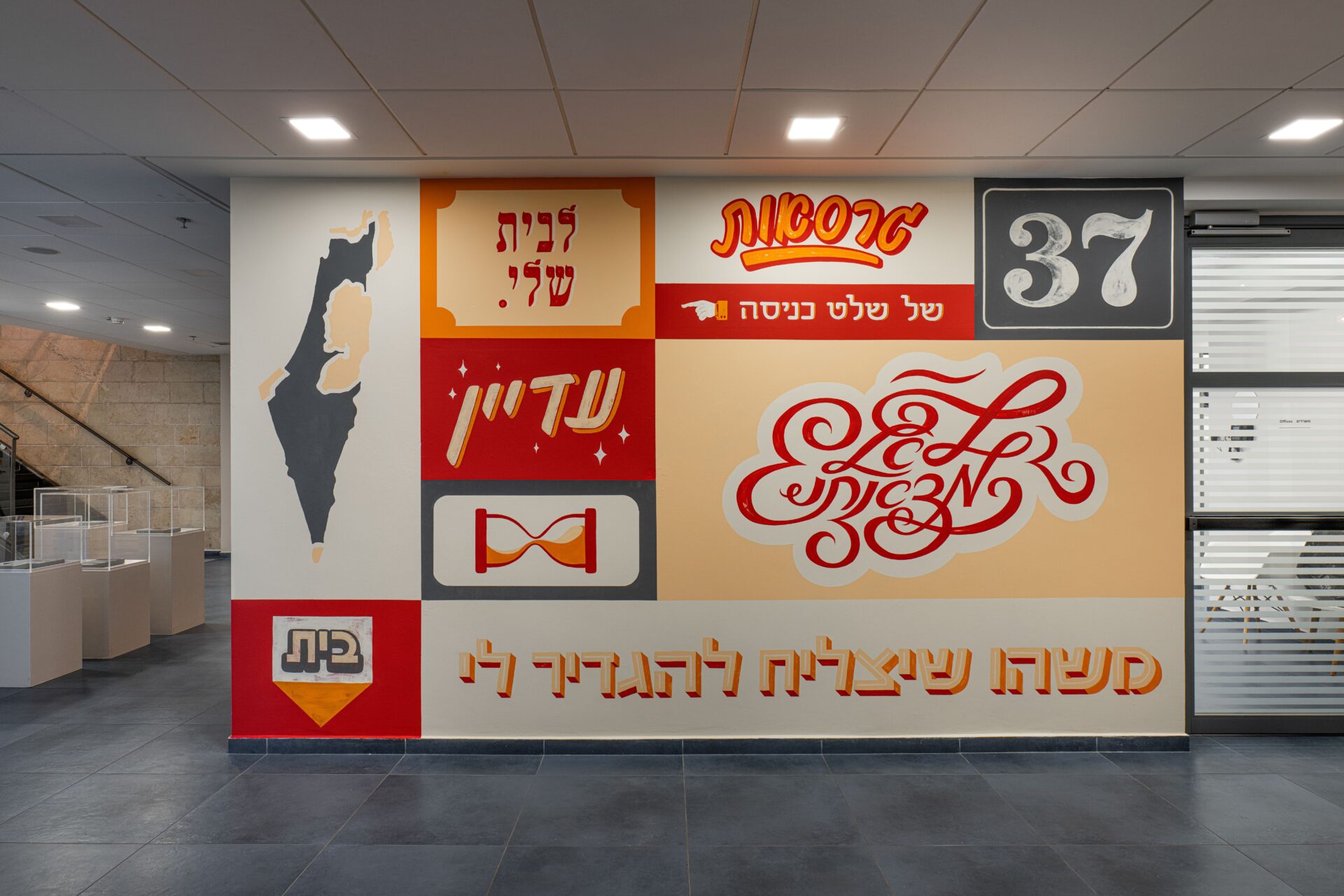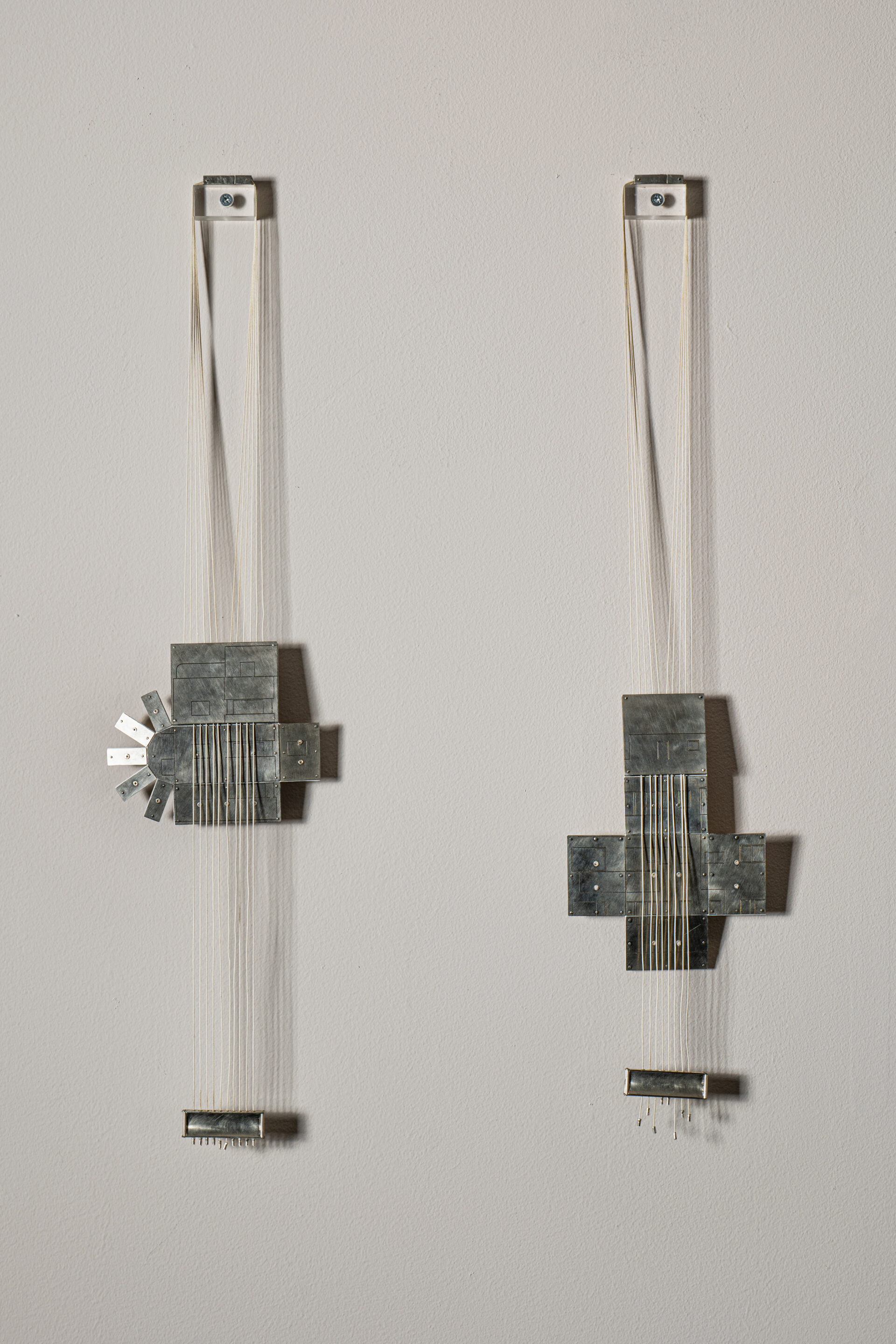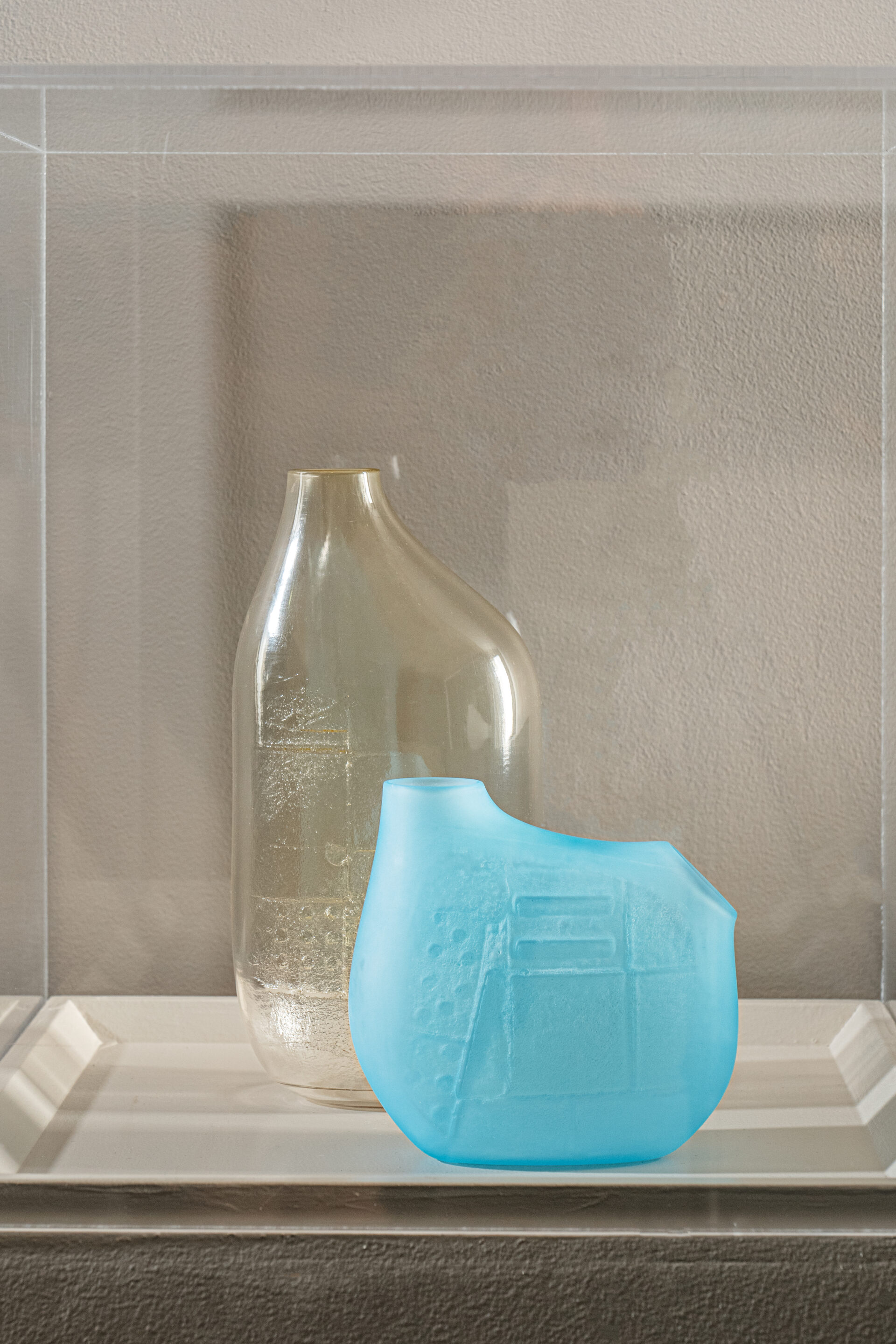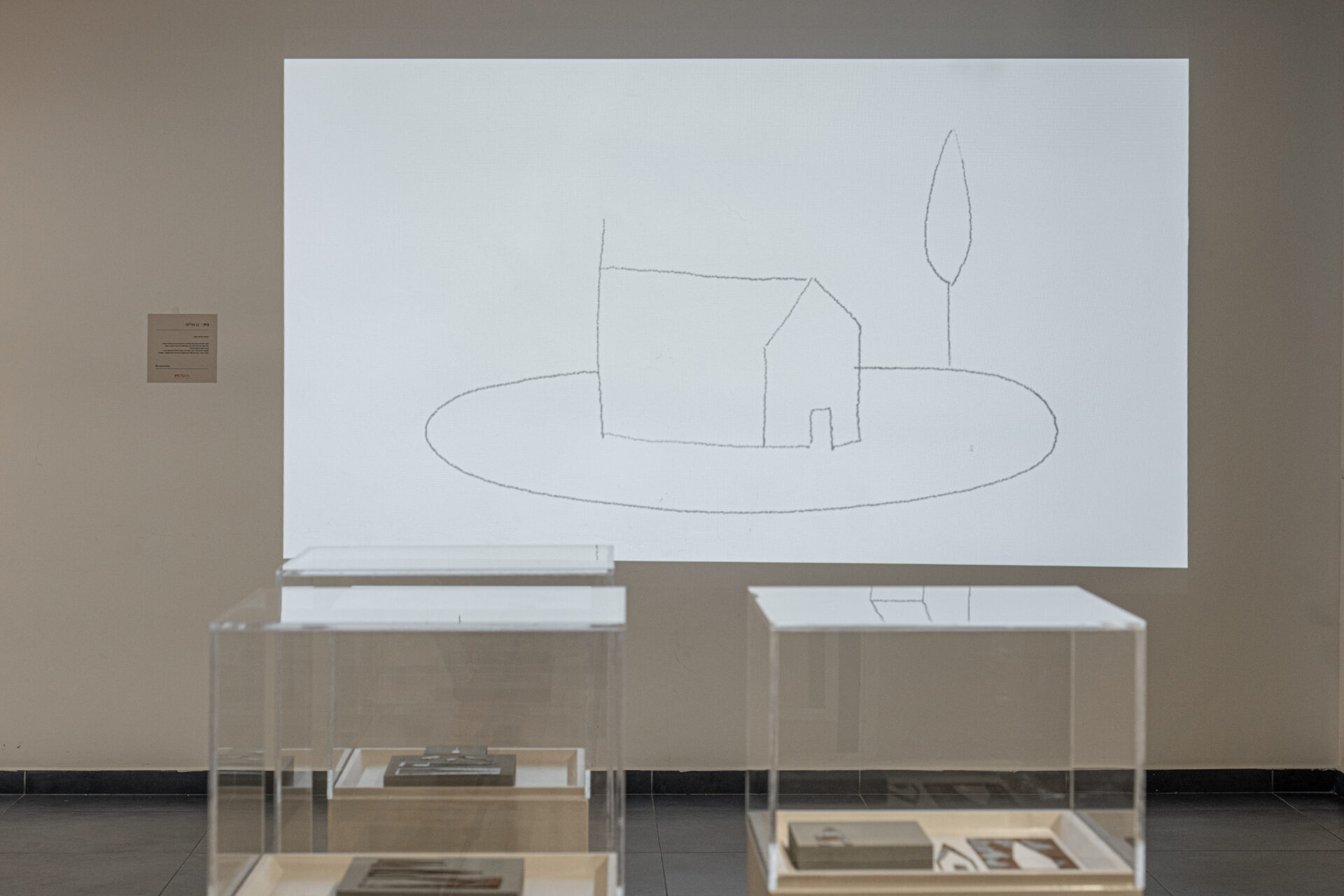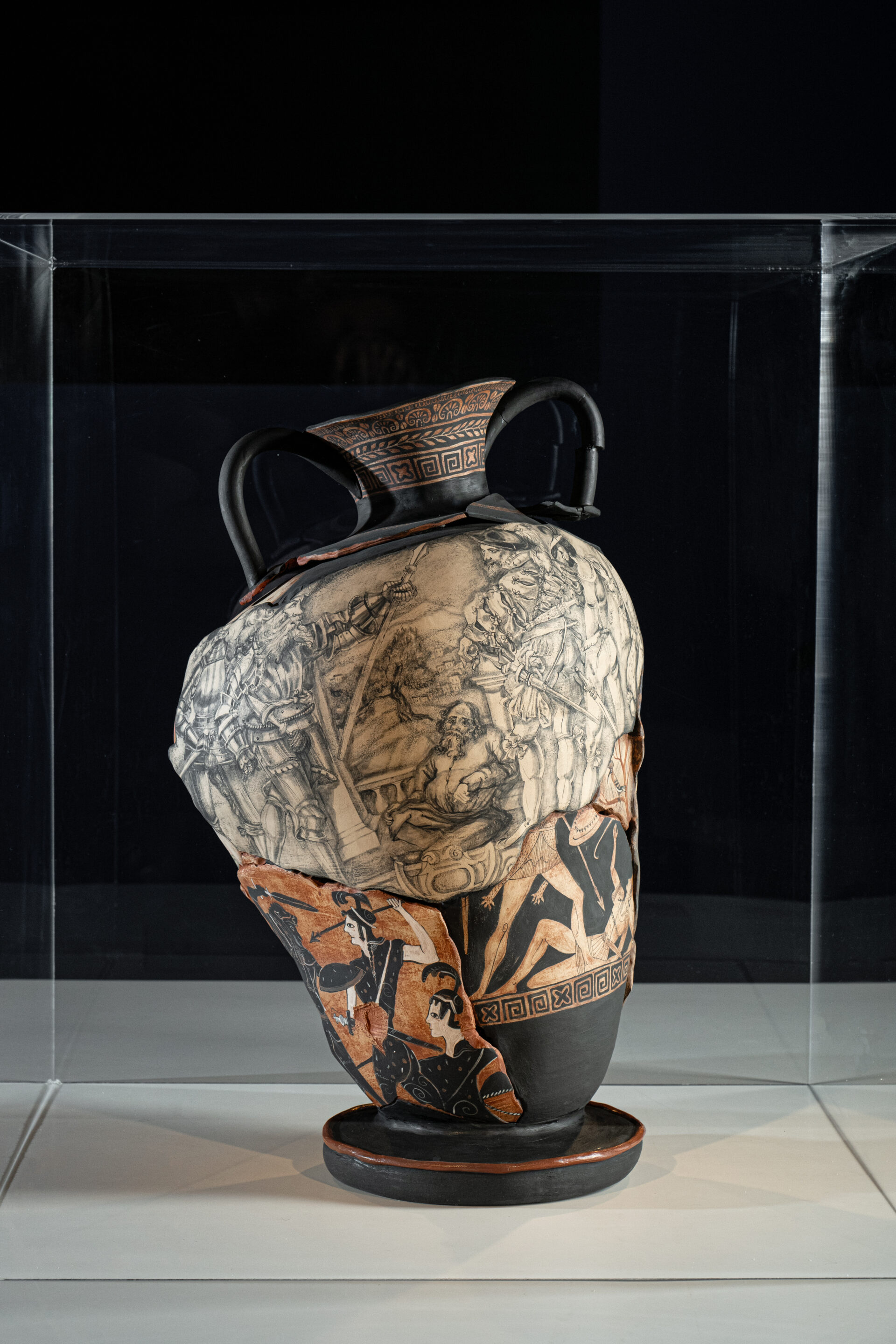Exhibition in collaboration with the Corinne Mamane Museum of Philistine Culture
Transience is not unfamiliar to us as a people. It is a part of the foundational, complex and significant episodes in our history. It is documented in the stories, texts and creative works that accompany us over the generations. Thus are recounted the Exodus from Egypt, the Babylonian exile, the expulsion from Spain and up to the waves of immigration to the Land of Israel from the four corners of the earth. A people in motion, words their constant companion, expressing fear and choice, but also longing. Forms of transience are interwoven in literary, material, visual and musical works. They preserve that which is so difficult to express in text—panic, fear, dread of the unknown, loss of the anchor that gives stability and connection, context and meaning.
“The proneness to decay of all that is beautiful and perfect can, as we know, give rise to two different impulses in the mind . . . As regards the beauty of Nature, each time it is destroyed by winter it comes again next year, so that in relation to the length of our lives, it can in fact be regarded as eternal,” wrote Sigmund Freud in 1915. He continued, “Nor can I understand any better why the beauty and perfection of a work of art or of an intellectual achievement should lose its worth because of its temporal limitation.”
The past year has compelled us to respond in body, spirit and substance to situations in which the ground was shaken, security was undermined, certainty became questionable, and permanence was now transitory, temporary, and fleeting. So many found themselves without a home. Both the physical place and emotionally. Without an anchor, a sense of belonging or community.
The exhibition Body. Clothes. House. stands as a reflection of archaeological finds, products of the transience imposed on the Philistine people who arrived at the shores of this land. Participants include leading designers in Israel alongside recent graduates. Their works reflect impermanence, panic, sorrow and detachment, alongside hope and humanity, memory and family, anchor and home. Through the exhibition, we strive to turn our attention to a new axis in our still unstable daily life. From home to no home, from family to loss, from stability to uncertainty. “Transience is power,” claims Japanese designer Kenya Hara. So too do we seek to offer impermanence as a starting point and not an ending.
